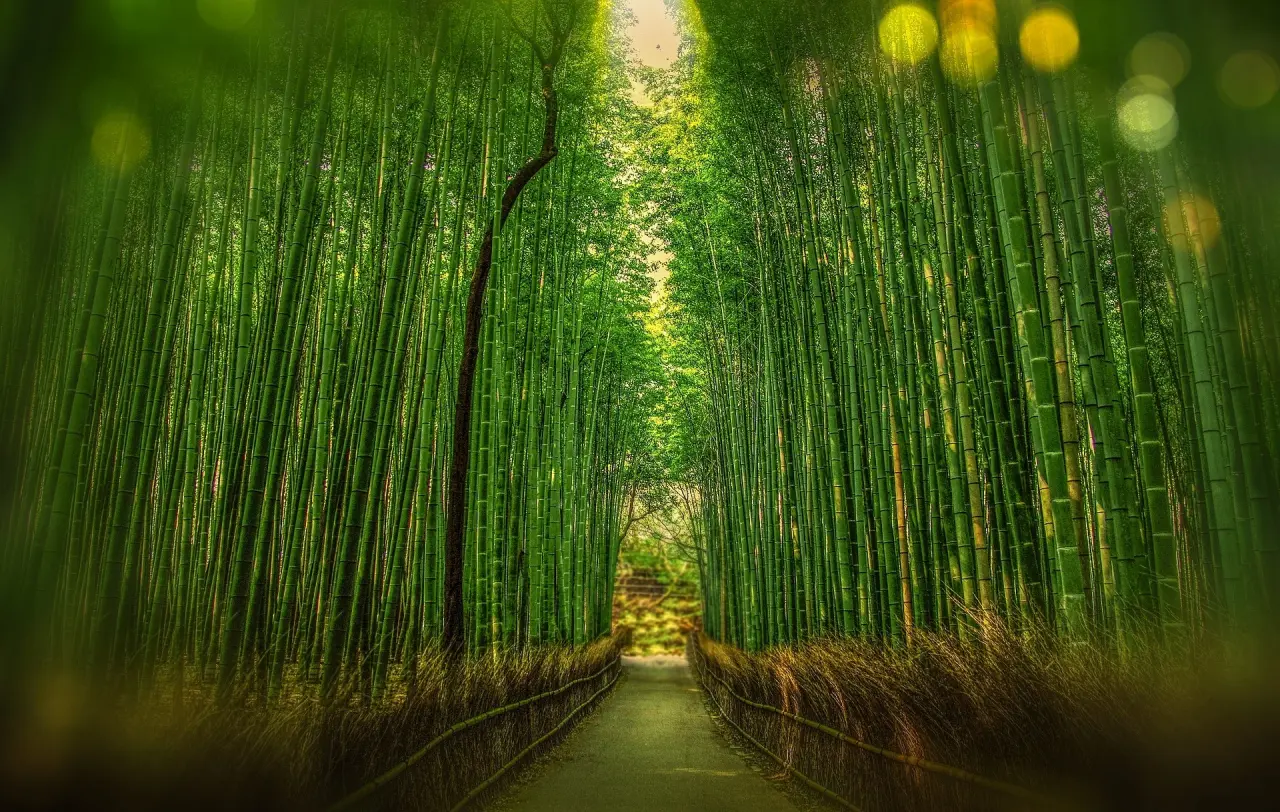 Usually for valentine’s women give chocolates and cookies they either purchase or make themselves. However, nowadays valentine’s day has expanded its purpose, and girls can give chocolate to more people besides their love interests.
For example, here are the main different types of chocolate you can give during this day.
Honmei Choco
(True love chocolate)
This is the traditional chocolate given by women to the guy that they like. Such as their future or current boyfriend, husband, or lover.
Honmei choco can mean that this is the chocolate you give to the person you care for the most. Is the opportunity for girls to show their love by either buying or making the chocolate they want to give. Therefore, stores not only sell lots of chocolate, but they also sell the ingredients that are used to make chocolate. Taking the time to make chocolate or candy really shows how much you care for that person. So most girls tend to make the chocolate that is for their loved ones.
Usually for valentine’s women give chocolates and cookies they either purchase or make themselves. However, nowadays valentine’s day has expanded its purpose, and girls can give chocolate to more people besides their love interests.
For example, here are the main different types of chocolate you can give during this day.
Honmei Choco
(True love chocolate)
This is the traditional chocolate given by women to the guy that they like. Such as their future or current boyfriend, husband, or lover.
Honmei choco can mean that this is the chocolate you give to the person you care for the most. Is the opportunity for girls to show their love by either buying or making the chocolate they want to give. Therefore, stores not only sell lots of chocolate, but they also sell the ingredients that are used to make chocolate. Taking the time to make chocolate or candy really shows how much you care for that person. So most girls tend to make the chocolate that is for their loved ones.
 Giri-Choco
(Obligation Chocolate)
The chocolate given by women to friends, bosses, family members, work colleagues or other men who the giver isn’t romantically involved with.
Since there is not an exact translation, obligation might sound a bit harsh as if they were truly obliged to give it to those people. This giri choco can be given by gratitude or appreciation of the receiver, therefore technically it’s not ‘obligatory’ chocolate.
Tomo-Choco
(Friend Chocolate)
Tomo-chocolate is the one given to women’s close friends, similar to the giri-choco, is chocolate that is given without having any romantic feelings behind it. But is given as appreciation for your closest friends. Whether they are women or men, it is always important showing them how much you care for them and that you want them to be happy.
Giri-Choco
(Obligation Chocolate)
The chocolate given by women to friends, bosses, family members, work colleagues or other men who the giver isn’t romantically involved with.
Since there is not an exact translation, obligation might sound a bit harsh as if they were truly obliged to give it to those people. This giri choco can be given by gratitude or appreciation of the receiver, therefore technically it’s not ‘obligatory’ chocolate.
Tomo-Choco
(Friend Chocolate)
Tomo-chocolate is the one given to women’s close friends, similar to the giri-choco, is chocolate that is given without having any romantic feelings behind it. But is given as appreciation for your closest friends. Whether they are women or men, it is always important showing them how much you care for them and that you want them to be happy.
 Jibun-Choco
(Self-given Chocolate)
Jibun-chocolate is probably the most important chocolate given on this day. Whether you are male or female for Valentine’s day, if people want to spoil themselves, they can buy the chocolate of their liking.
The saying of ‘You have to be happy before you can make someone else happy’ is very true. Therefore, it is important on this day for people to give chocolate to themselves.
Gyaku-Choco
(Reversed Chocolate)
Gyaku chocolate is the one that is similar to the one in western tradition where men give chocolates to women. Since reverse chocolate is not the traditional way Japanese celebrate valentine’s day, it is not as common. Most men give chocolates to women on White day.
Jibun-Choco
(Self-given Chocolate)
Jibun-chocolate is probably the most important chocolate given on this day. Whether you are male or female for Valentine’s day, if people want to spoil themselves, they can buy the chocolate of their liking.
The saying of ‘You have to be happy before you can make someone else happy’ is very true. Therefore, it is important on this day for people to give chocolate to themselves.
Gyaku-Choco
(Reversed Chocolate)
Gyaku chocolate is the one that is similar to the one in western tradition where men give chocolates to women. Since reverse chocolate is not the traditional way Japanese celebrate valentine’s day, it is not as common. Most men give chocolates to women on White day.
 White Day
White day is exactly one month after valentine’s day, where men are expected to return the favor. Whether it is to the women they are reciprocating their feelings to, or to those who gave them giri-choco. Men are expected to give women gifts worth at least three times more than what they received. So if you’re a girl in Japan, it might not be a bad idea to begin thinking of who you will give chocolate to this year. ;)
We hope you enjoyed this week’s blog, and hope you enjoy your Valentine’s day! Don’t forget to eat lots of chocolate!
White Day
White day is exactly one month after valentine’s day, where men are expected to return the favor. Whether it is to the women they are reciprocating their feelings to, or to those who gave them giri-choco. Men are expected to give women gifts worth at least three times more than what they received. So if you’re a girl in Japan, it might not be a bad idea to begin thinking of who you will give chocolate to this year. ;)
We hope you enjoyed this week’s blog, and hope you enjoy your Valentine’s day! Don’t forget to eat lots of chocolate! 

 CULTURE
CULTURE  EVENTS
EVENTS  HOUSING
HOUSING  INTERNSHIP
INTERNSHIP  RESOURCES
RESOURCES